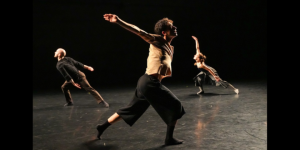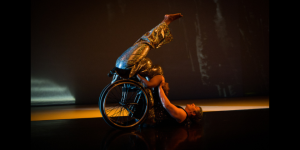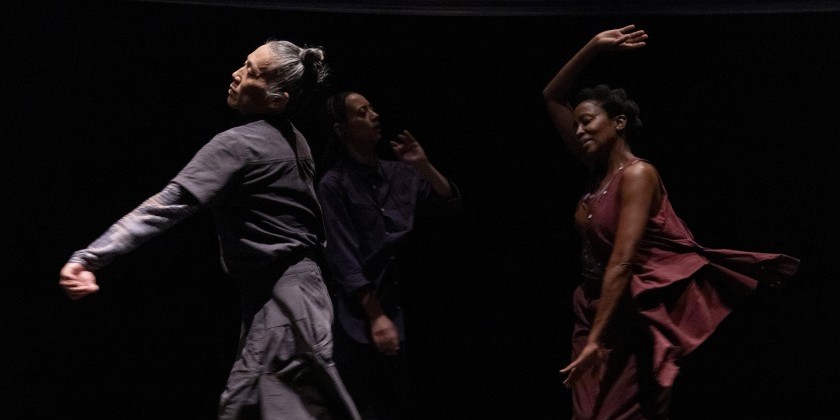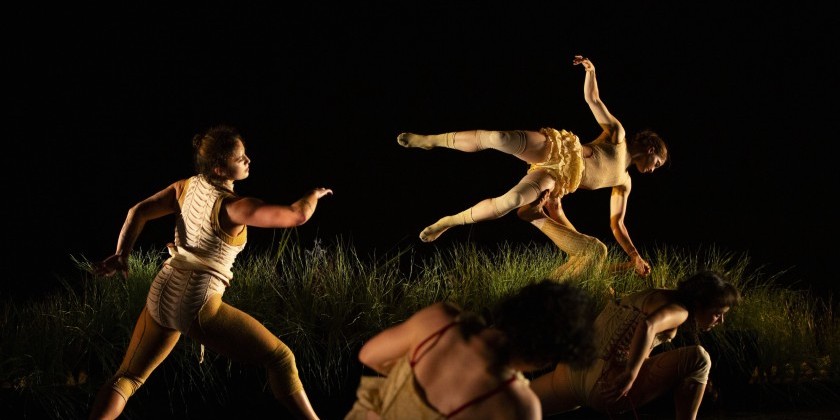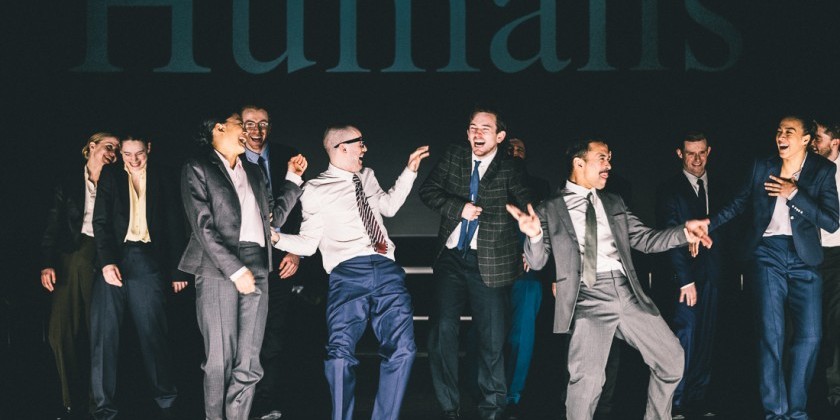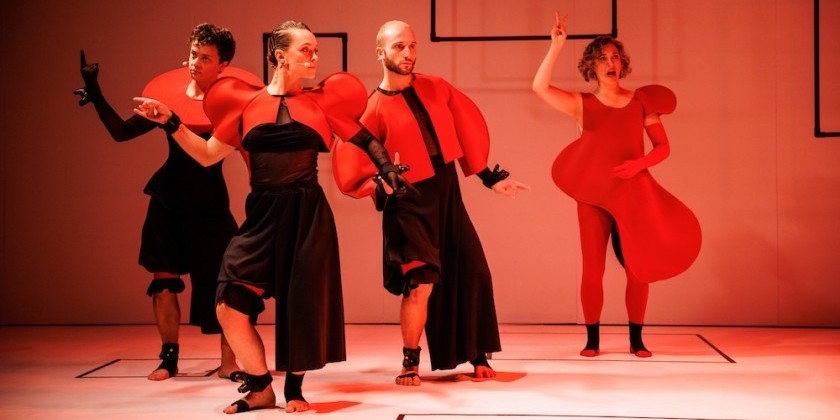IMPRESSIONS: MorDance Presents Morgan McEwan's "Trees" at New York Live Arts

MorDance Presents Trees
Choreographer: Morgan McEwen
Composer: Polina Nazaykinskya
Lighting Designer: Becky Heisler
Dancers: Claire van Bever, David Hochberg, Lilit Hogtanian, Lindsay Jorgensen, Agustin Gomez, Joe LaLuzerne, Lauren Treat, Craig Wasserman, Apprentice: Héloïse Ponsonnet
Rehearsal Assistant: Ayaka Kamei
Flute: Teya Klein-Berger
Violin: Nadya Meykson, Claire Peterson, Zina Cole, Josh Gibson, Hannah Klein-Berger, Angela Kapikian
Viola: Jack Rittendale, Polina Nazaykinskaya
Cello: Elijah de la Motte, Jianze (Roy) Qi
Bass: Nathaniel Grohmann, Paul Gong
Venue: New York Live Arts, 219 W 19th St, New York, NY
Dates: May 9 - 11, 2025
MorDance Artistic Director Morgan McEwan has always had a passion for creating dance that speaks to social and environmental impact. For the presentation of her evening-length ballet Trees at New York Live Arts, the company embodies rooted trees with a message that can resonate with everyone: we must lean on each other to live and flourish. Although the work is a tribute to ecological awareness in tandem with research from Dr. Suzanne Simard’s Finding the Mother Tree, Trees also finds striking parallels between forests and people, such as the mutual need for deep-rooted connection.
“I think of trees in a very circular way […] especially when a tree dies, it sends out all of its last nutrients to the trees around it,” says McEwan. This cycle begins in the first act of Trees, as shards of white light pierce over a floating cream fabric film suspended over unidentified bodies. It’s unclear how many dancers are on stage; all we can see are slightly outlined limbs sprawled face up on the stage floor. Graceful, high-pitched notes of violin drift into the air as each body begins to tremble into frantic vibrations. The sight feels like an awakening, as if we have been transported underground to witness seeds opening in the first stage of a tree’s life cycle.
Although each body appears confined, it’s only a matter of time until they expand into larger shapes. The film continues to bind the dancers together as they swiftly move into small group formations in their attempt to break through the widespread fabric. When the film is finally pulled off stage, the dancers reappear in brown tulle costumes, as if out of a pile of soil.
At the same time, we witness composer Polina Nazaykinskya lead an enchanting, tight-knit ensemble of musicians. Her musical creation, spanning over 40 minutes, has a vivid ebb and flow that weaves between soft strings and striking notes of flute. It is just as exciting to watch Nazaykinskya’s ensemble in action as the dancers.
Upon re-entry the dancers appear anchored and energized as they execute McEwan’s spatial choreography in ballet flats and bare legs. A specific movement motif stands out in the articulation of the dancers’ limbs, specifically wrists and fingers, as roots and branches. Whether in a stretched fourth position or penché promenade, the dancers often claw their hands into a spider-like position, as if they are holding an invisible grapefruit. There is a choreographic lull to the work as it softly transitions between moments of partnered work and complete ensemble unison.
“Maintaining open communication with my partners and consistently reviewing the music was key,” says company dancer Lindsay Jorgensen. “I spent time thinking about motifs of connection, growth, and community and how that translates into the way I approached the movement and my transitions.” When the curtain closes for intermission, it comes as a surprise, given how quickly time flies watching McEwan’s work.
The second act of Trees presents some of the dancers on pointe, which adds a layer of illusion and eloquent expressiveness to the movement vocabulary. The defiance of gravity which comes with the act of being elevated on pointe sharply contrasts moments of groundedness, replicating the way roots trace and anchor themselves beneath the ground. While the dancers on pointe walk, hinge, and rotate in the air with the support of their partners, their constant upward gaze feels mesmerizing, as if they are constantly trying to peek above a forest canopy to reach the clouds.
A moment of suspense occurs when all dancers leave the stage. As the musicians continue playing, a sudden burst of dirt-like bits of cork pours all over the stage from overhead. As the dancers reappear, some bourrée onto the pile and we are left to wonder about the sensory experience: how the dancers can see, move, and balance amid the flurry.
“There was something very transformational about the cork section as a dancer,” says Jorgensen. “Having it falling around us added an entire new element to the environment that was fun to play with on an artistic level but also a mechanical level.”
When the dancers scoop up the dirt and throw it, a feeling of desperation occurs, echoing their tremors at the beginning of the work. As we witness the dancers slowly melt into the falling dirt, it seems to mark the end of the life cycle. Grounded and calm again, the dancers descend, their roots pulling them into the stage. Trees is not simply about trees; it is an immersive experience that reveals beauty, desperation, and the need for a community to fall back on.




